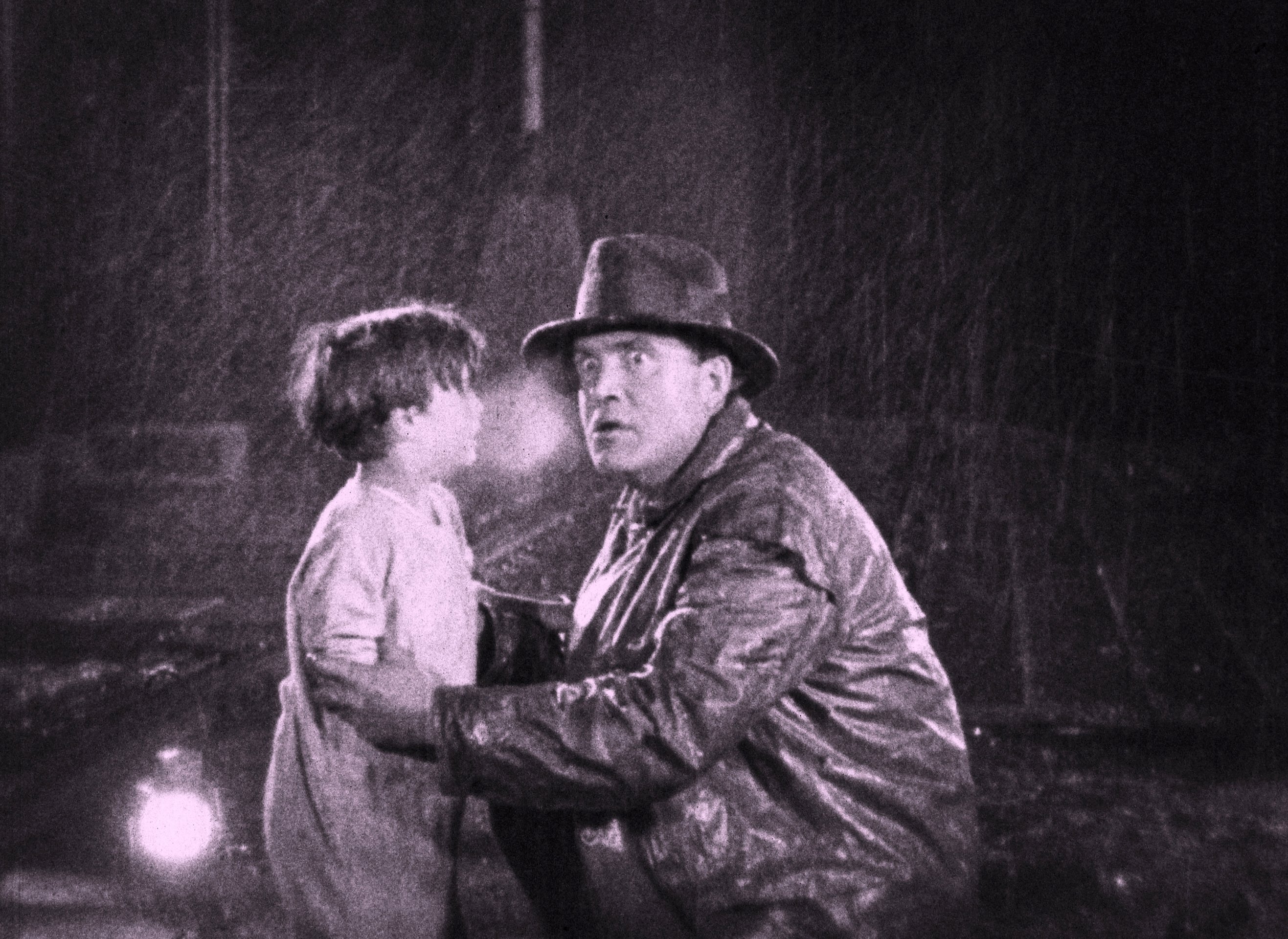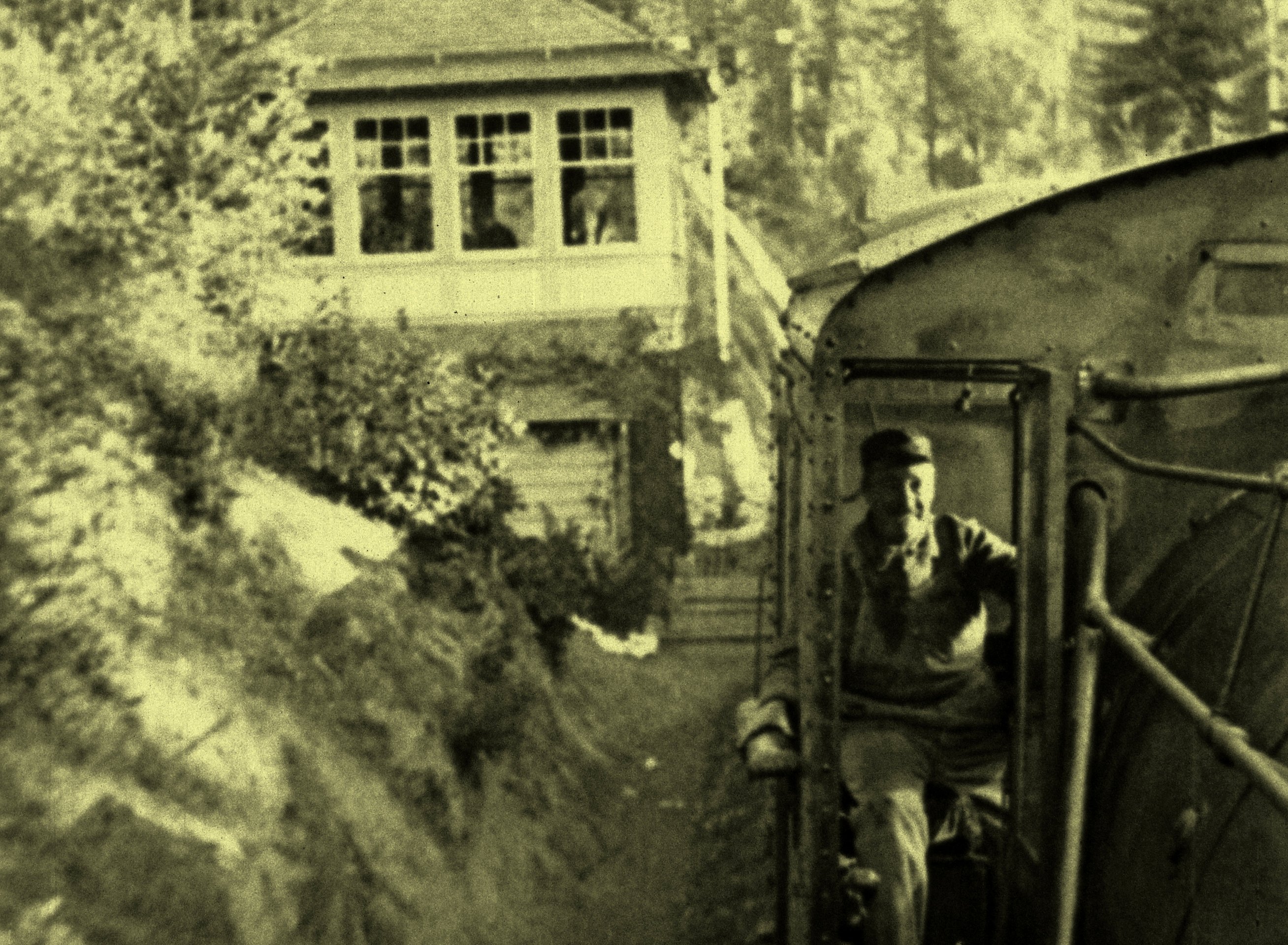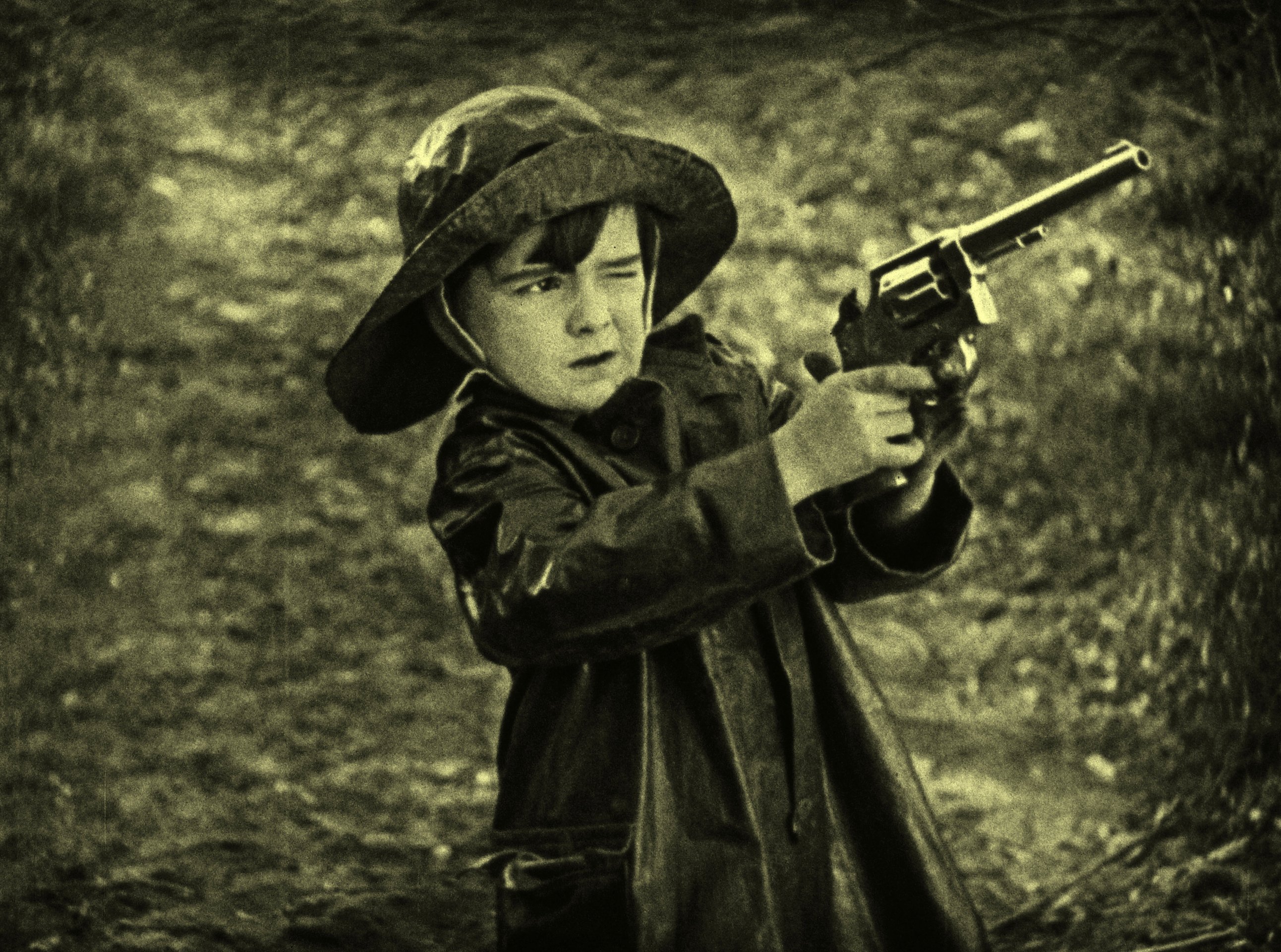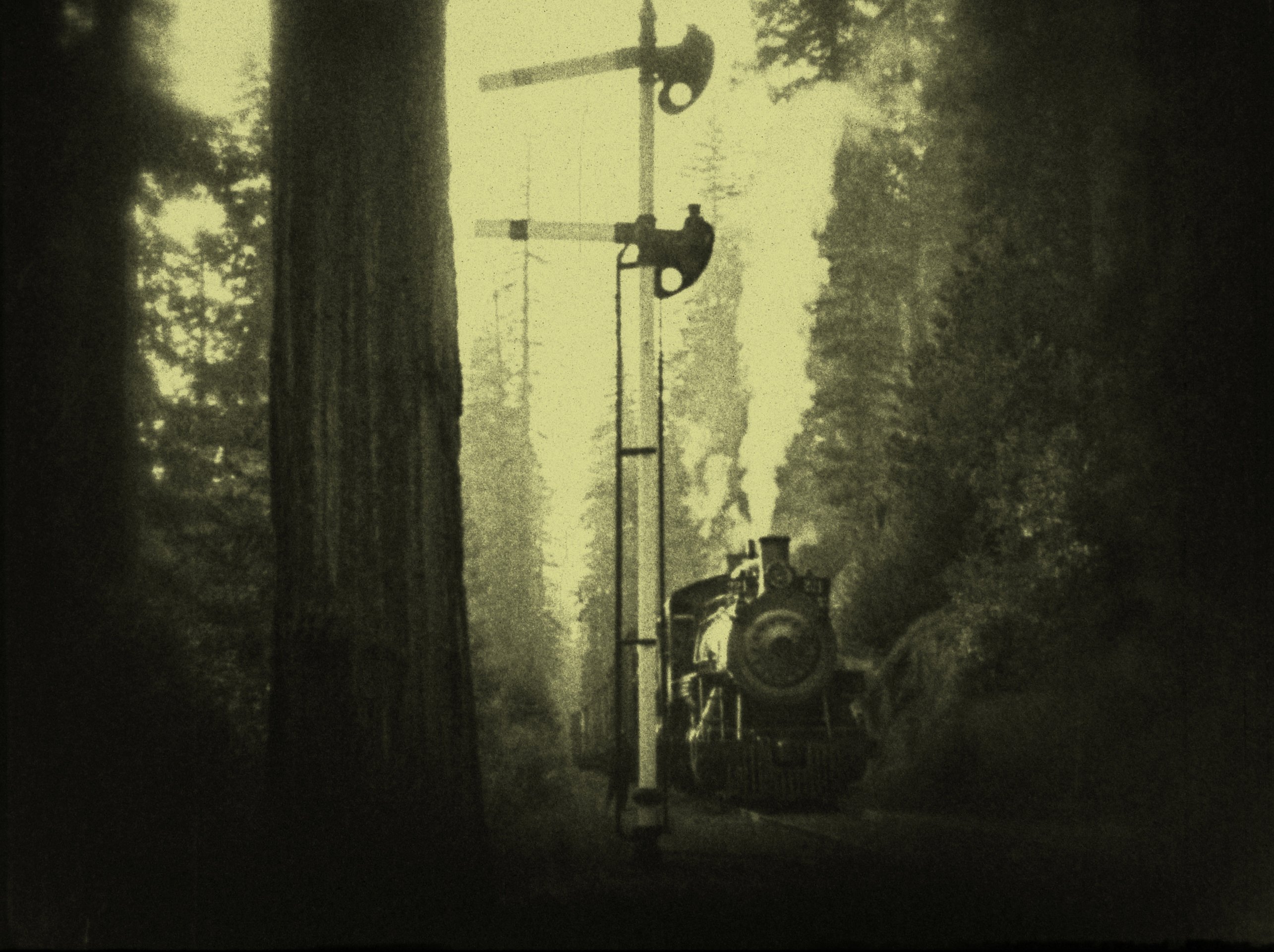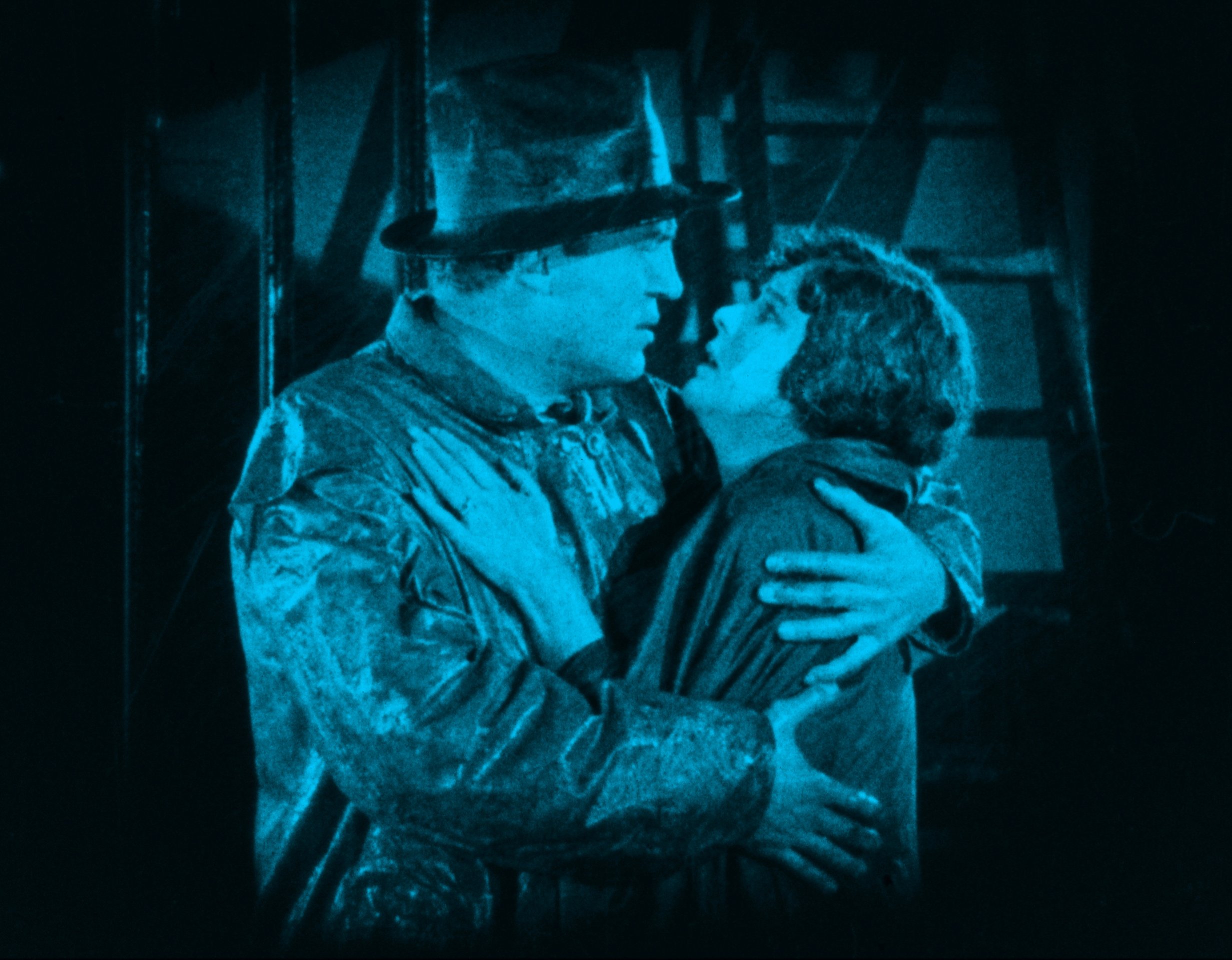
THE SIGNAL TOWER
The Signal Tower
(Universal Pictures Corp., USA, 1924)
dir.: Clarence Brown; script: James O. Spearing; photog.: Ben Reynolds
cast: Virginia Valli (Sally Taylor), Rockliffe Fellowes (Dave Taylor), Frankie Darro (Sonny Taylor), Wallace Beery (Joe Standish), James O. Barrows (Old Bill), J. Farrell MacDonald (Pete)
DCP, 85’; tinted; intertitles: EN, subtitles: PL; restored 2019; source: San Francisco Silent Film Festival, Photoplay Productions
Joe Standish starts work as a relief signalman in the signal room of a mountain railroad near the village of Noyo. Also working there is Dave Taylor, who takes the new man in under his own roof. One frantic stormy night, Taylor finds himself put to the test trying to prevent a runaway freight train from crashing, while Standish takes advantage of his colleague’s absence by making a play for his wife...
This thriller, directed by Clarence Brown, is set on the picturesque California Western Railroad running through huge redwood forests. The fact that Brown grew up near a railroad – in Knoxville, Tennessee – influenced his later fascination with railways and technology, and he manages to perfectly capture their dynamics and beauty on film. A qualified engineer and former owner of a car company, he was adept at showing more than just machines on the screen, however, and drawing on the knowledge he acquired during his time as assistant to the pictorialist Maurice Tourneur – as noted by cinema historian Kevin Brownlow – he transferred his sense of light, composition and atmosphere to the film.
‘You don’t always need great scenes to tell a great story,’ said the future director of the Greta Garbo films Flesh and the Devil (1926) and Anna Karenina (1935). Brown practised what he preached by building the exciting story in The Signal Tower on perfectly graded tension and the dramatic use of nature. Moreover, the dark premonitions in the film are also enhanced by a particularly interesting visual effect: the intertitle boards are illustrated with a railway signal which, at key moments in the plot, changes from indicating Safety to Warning and then Danger. (GR)
The restoration work was based on the only two surviving 16 mm prints of the film: a tinted copy created in 1928 which is from the collection belonging to Kevin Brownlow and Patrick Stanbury’s Photoplay Productions, and a duplicate of a 16 mm copy at the Packard Humanities Institute. These two sources were scanned in 4K resolution and digitally repaired. Two new 35 mm black-and-white negatives were then made, from which two new 35 mm prints were created, which were dye-tinted to identically reproduce the colours of the original dye-tinted 16 mm source.
introduction to the movie: Michał Pieńkowski
section: NOT ONLY BY RAIL
music by: Atom String Quartet feat. Marcin Albert Steczkowski
SATURDAY | OCTOBER 23
17:00 | screening room: STOLICA

